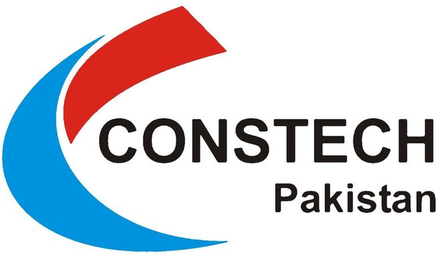Green Office
A “Green Office” refers to an environmentally friendly and sustainable workplace that prioritizes eco-friendly practices and policies to reduce its environmental impact. The concept of a Green Office aligns with broader sustainability goals and efforts to address climate change. Creating a Green Office involves adopting environmentally responsible practices in various aspects of office operations.
Key features of a Green Office may include:
Energy Efficiency: Implementing energy-efficient practices and technologies to reduce energy consumption. This may involve using energy-efficient lighting, appliances, and equipment, as well as promoting practices like turning off lights and electronics when not in use.
Waste Reduction and Recycling: Implementing waste reduction strategies, such as reducing paper usage, promoting recycling programs, and minimizing single-use plastics. Encouraging employees to recycle and providing convenient recycling bins throughout the office are common practices.
Sustainable Procurement: Choosing environmentally friendly and sustainable products and supplies. This includes selecting office furniture made from recycled materials, choosing eco-friendly office supplies, and working with suppliers committed to sustainability.
Green Transportation: Encouraging eco-friendly commuting options, such as walking, cycling, carpooling, or using public transportation. Providing facilities for bicycle parking and promoting telecommuting when feasible are also part of a Green Office strategy.
Water Conservation: Implementing water-saving measures, such as using water-efficient fixtures, fixing leaks promptly, and promoting water conservation awareness among employees.
Green Building Practices: If applicable, incorporating green building practices in office design and construction. This may include using sustainable materials, maximizing natural light, and designing energy-efficient HVAC systems.
Employee Engagement: Engaging employees in sustainability initiatives, raising awareness about environmental issues, and encouraging them to adopt eco-friendly practices both in the office and at home.
Environmental Policies: Establishing and promoting environmental policies and guidelines that guide the office’s sustainability efforts. This may include setting targets for reducing carbon emissions, improving energy efficiency, and achieving other environmental goals.
Certifications and Standards: Seeking certifications or adhering to recognized sustainability standards, such as LEED (Leadership in Energy and Environmental Design) for buildings or ISO 14001 for environmental management systems.
Continuous Improvement: Regularly assessing and improving the office’s environmental performance. This involves conducting audits, gathering feedback from employees, and adjusting policies and practices accordingly.
By adopting Green Office practices, organizations contribute to environmental conservation, demonstrate social responsibility, and often realize cost savings through increased efficiency and reduced resource consumption. The Green Office concept is part of a broader movement toward sustainable business practices and corporate social responsibility.
